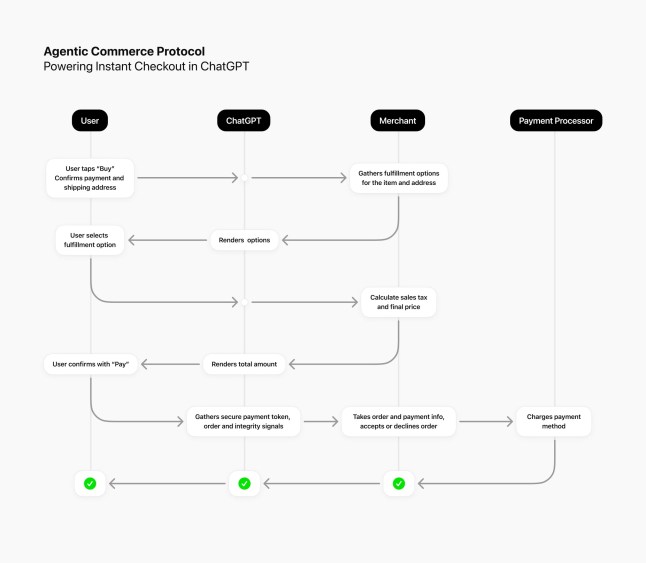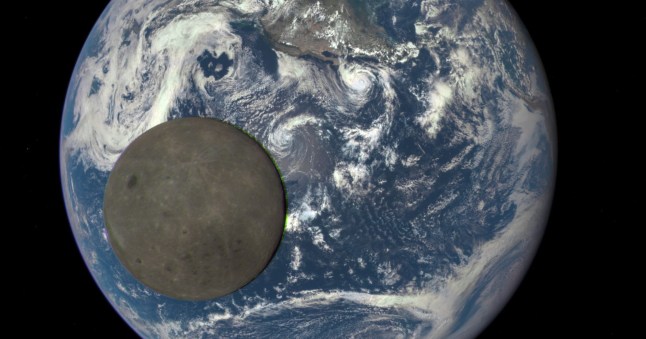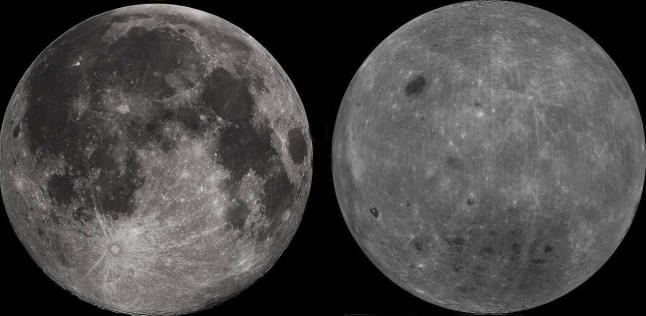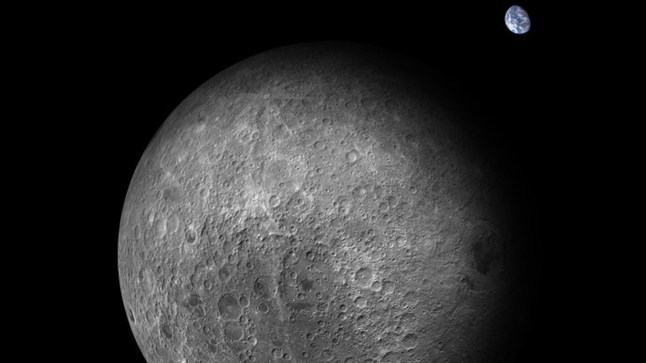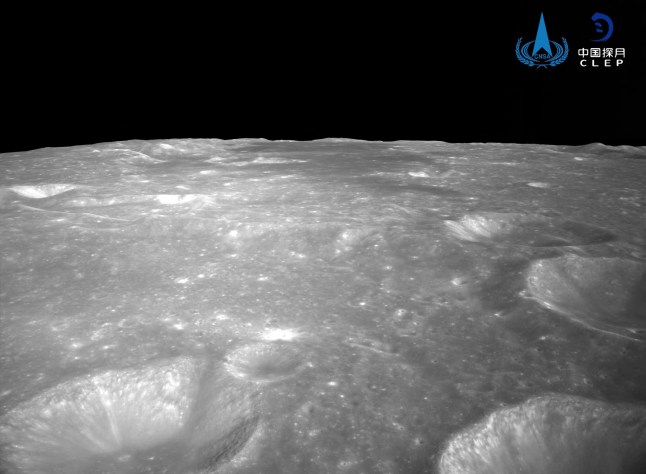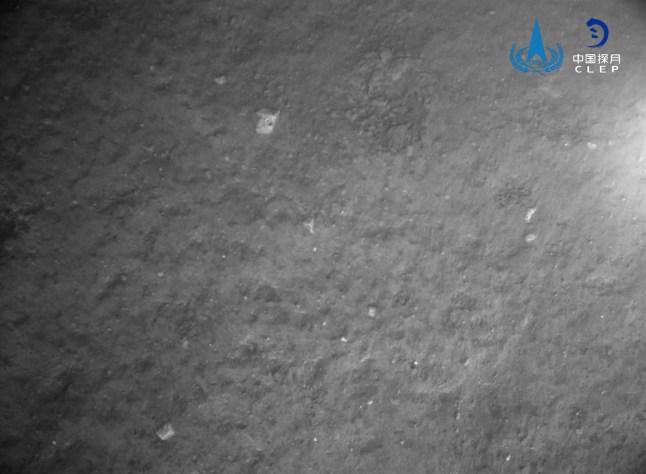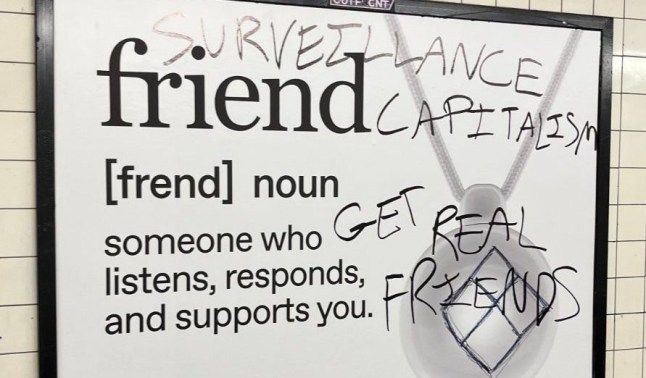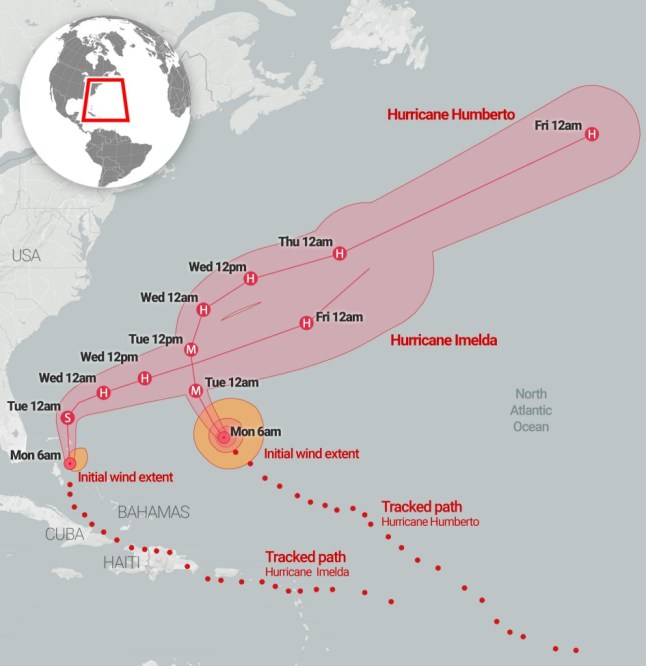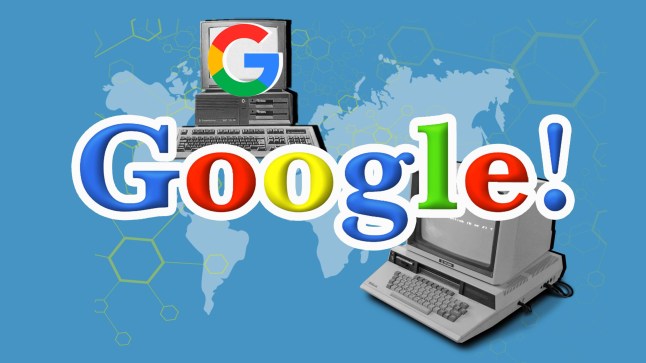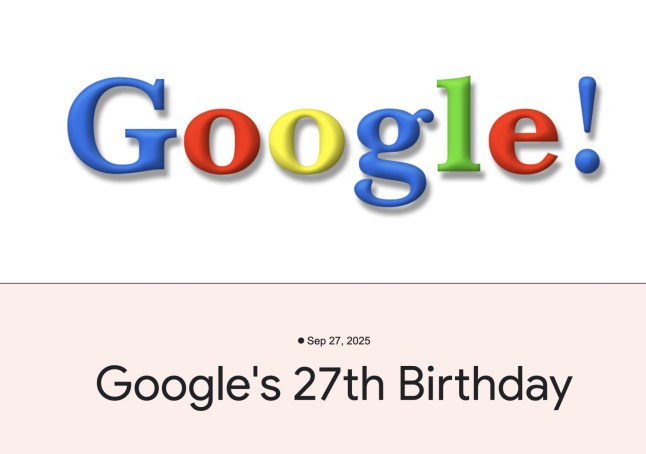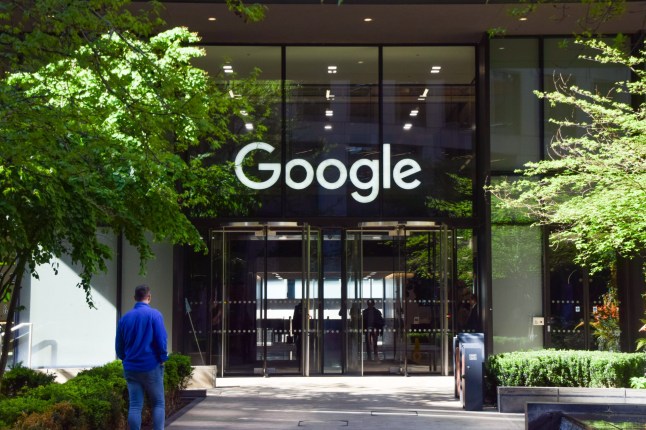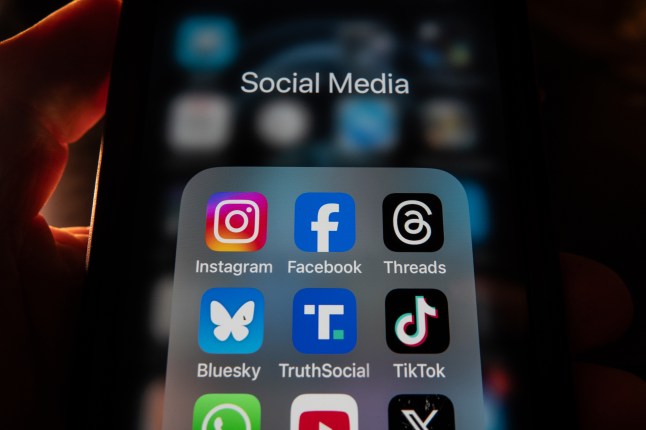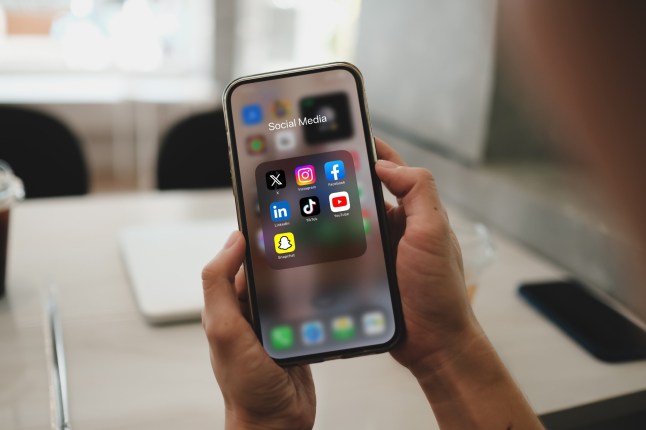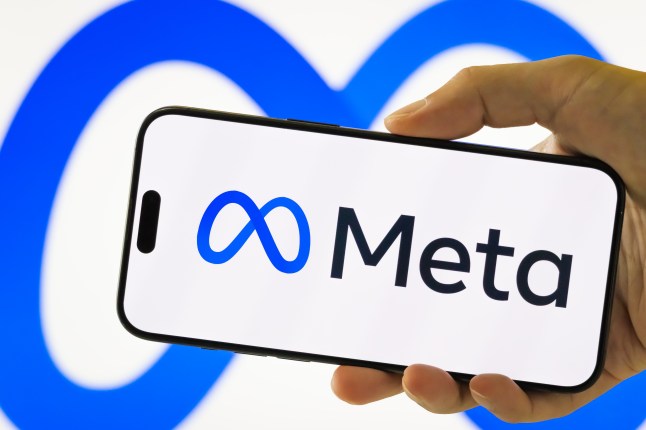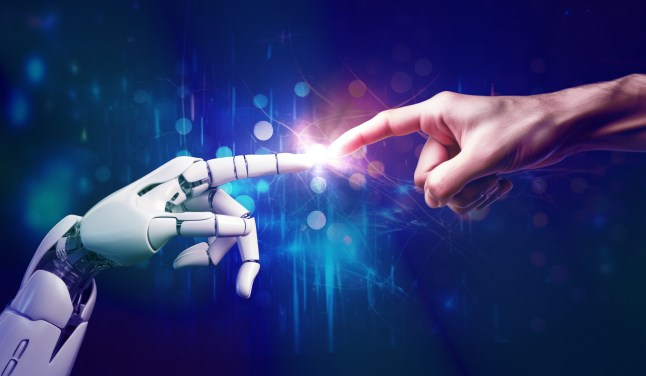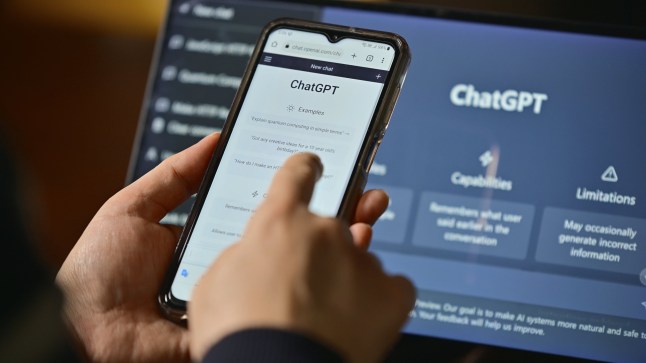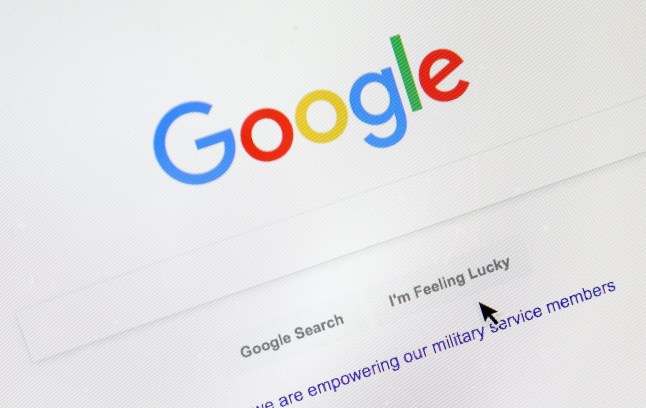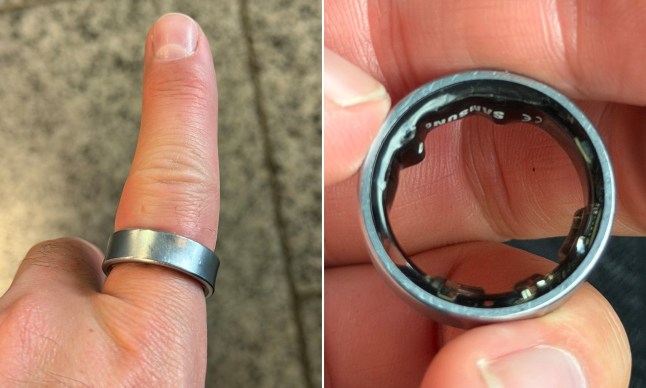
A tech influencer was denied entry onto his flight and was taken to the hospital after his smart ring battery swelled around his finger.
Daniel Rotar, 32, was 47 hours into his three flights from Hawaii to Manchester when he noticed his left index finger beginning to ache.
He looked down to see that his Samsung Galaxy Ring, a £399 fitness tracker powered by artificial intelligence (AI), had bloated.
The founder of the YouTube channel ZONE of TECH told Metro that he struggled to take the ring off as he queued for his 4.35pm flight at Frankfurt Airport, Germany.
‘My finger started swelling, so I thought I needed to take the ring off – but it wasn’t coming off,’ Daniel said.
‘The ring has two bumps – sensor areas – but they were bigger. I then realised there were four bumps, two extra ones in the battery area, which shouldn’t be there.’
As lithium-ion batteries can pose a safety risk, the German airline Lufthansa refused Daniel entry to the plane.
‘I thought it was understandable and I wouldn’t be comfortable flying with it anyway,’ Daniel said, saying he was worried about the cabin air pressure.
Lufthana classes batteries are classed as dangerous goods ‘because, if damaged, they can generate heat, short-circuit and start a fire’.
As there were no medical staff at the terminal, staff sent Daniel to an outside airport clinic about a 30-minute walk away, only to find it closed.
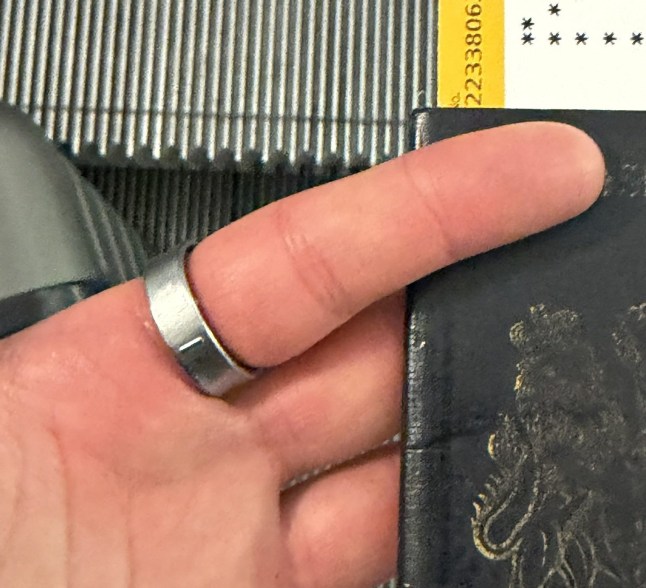
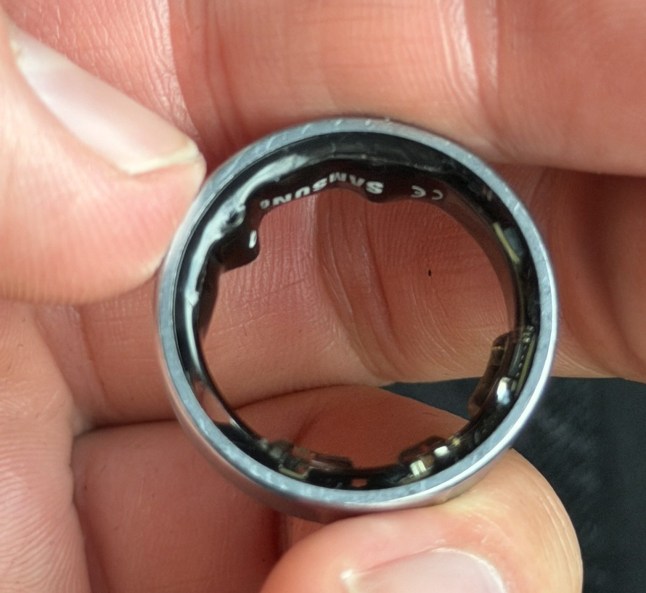
‘I told the two remaining nurses the issue and they told me to go to a city hospital. I Uber’d there and I told the hospital staff,’ Daniel, who founded the mobile app WallpaperZ, said.
‘They immediately brought a bag of ice to relieve the swelling and oil and lubricants to take it off. My finger is a lot better now; I don’t have any issues, only a few marks.’
As there were no more flights to Manchester, Lufthansa rebooked Daniel free of charge onto a Birmingham-bound plane that evening.
He took a cab from the hospital to the airport, costing him €65 (about £57) both ways.
By the time he touched ground in Birmingham, there were no more trains to Manchester, about 90 miles away. Stranded, he booked a hotel for £220.
After posting about the incident on X, Samsung reached out to Daniel, refunding the cost of the hotel and booking him a car to Manchester today.
Why would a lithium battery 'swell'?
Lithium batteries are one of the most popular power sources in the world for electronic devices, according to the British Safety Council.
Their tiny cells are rechargeable, last a long time and pack a lot of energy.
While rare, if the battery is overheated or short-circuits, it can eject gas and flames. The battery begins to overheat and bulge because of all the pent-up heat and pressure.
Samsung representatives took the ring away for tests, the company confirmed to Metro.
Samsung users report battery problems
Daniel says the wearable gadget had recently been running out of charge far sooner than the roughly one week advertised by Samsung.
‘I used it for about a month and it was fine, but it soon became very inconsistent. It would last for maybe three days before dropping to one day, half a day,’ he added.
‘I still had it on my finger at all the time, but I wasn’t charging consistently because the battery life started being so bad.
‘The reason wasn’t that I didn’t want to charge it, but it would die so quickly, so I thought, “what’s the point?”‘
Reddit users have reported similar problems. ‘A lot of people are having issues with battery life, and the ones that have contacted Samsung have been sent a replacement,’ Daniel said.
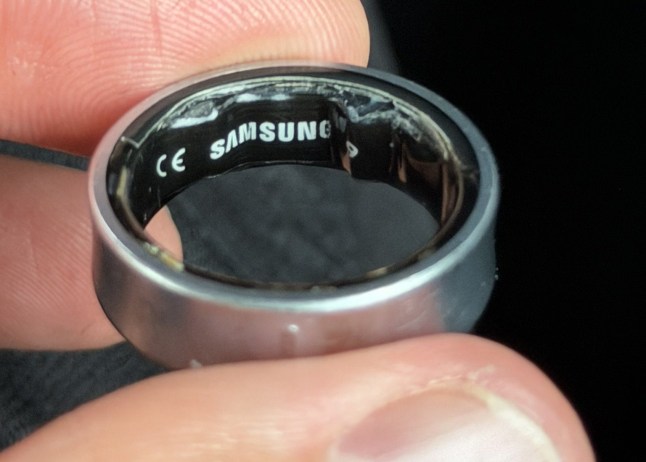
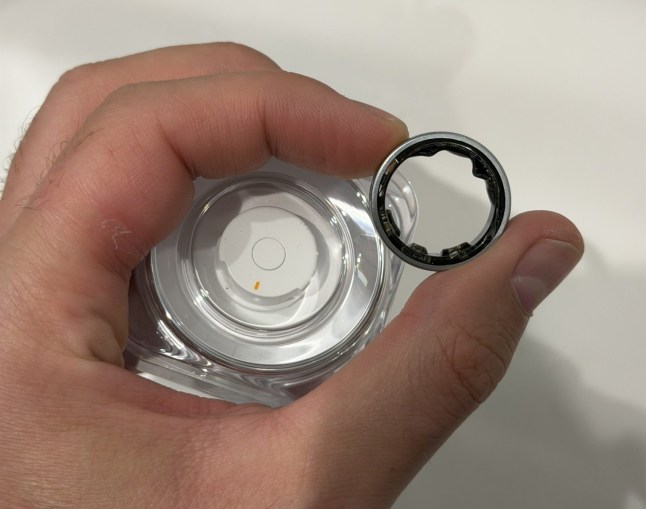
The heat in Hawaii, contact with salt water, or an already defective battery might be behind the incident, Daniel said.
According to Samsung, the ring has a titanium casing which is ‘tough enough to handle the everyday’, such as water while swimming or sweat.
The company added on a ring battery drain troubleshooting webpage: ‘The charging time and battery performance may vary depending on your settings, usage patterns, and environmental conditions.’
For Daniel, he’s going to stick to smartwatches for the time being.
‘I will miss the way the Galaxy Ring looked and felt,’ he added, ‘but I’m never going to use it again.’
Samsung said in a statement to Metro: ‘The safety of our customers is our top priority. This is an extremely rare case, and we are in direct contact with Mr Rotar to retrieve the product and learn about the concerns.’
A Lufthansa spokesman told Metro: ‘I think it’s clear that we couldn’t allow the guest to board with such a problem. The risk of serious injury was far too great.
‘The quick action of our colleagues prevented something worse and ultimately helped the guest. We are glad that he is doing well.’
Get in touch with our news team by emailing us at webnews@metro.co.uk.
For more stories like this, check our news page.
